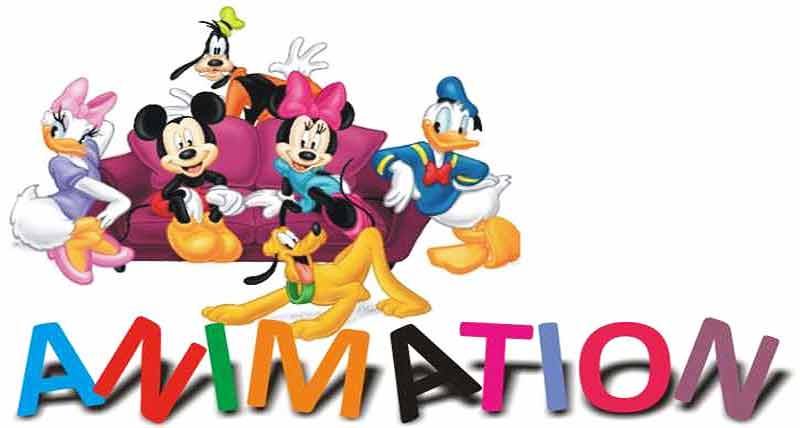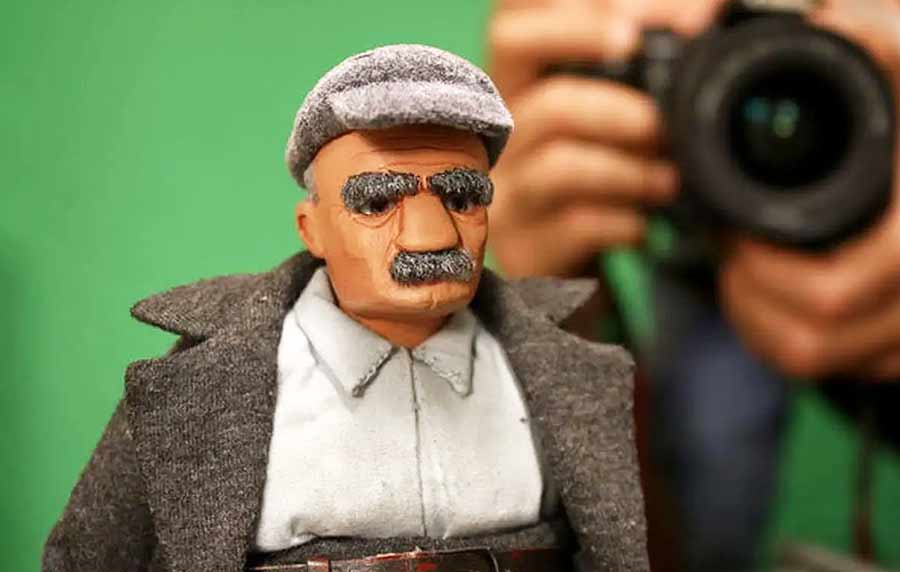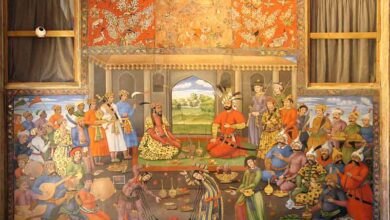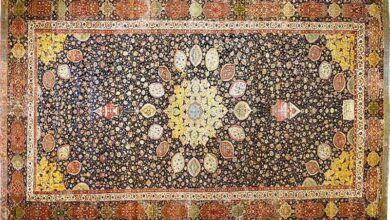What Is Animation

From the earliest days of cinema, animation was used to visually express new ideas and discover technical innovations. As a result, these two aspects developed together. Animated films visually reconstruct physical movement.
But animated film, unlike live film, has more flexibility for the creative use of motion. That is, animation can exaggerate physical abilities by slowing down or accelerating movements or using them humorously or expressively. The art of animation also starts from here. We are all familiar with cartoon film as a public entertainment, especially for children. Television has provided a global arena for this type of cartoon film. It seems that the demand for it will never subside. Some animated films not only have an instant appeal but are also unforgettable and contain interesting social connotations. With the help of modern technology, every corner of modern human life can be depicted as a dynamic and vivid image that exerts the deepest psychological effects on the human soul – our childhood with many moving images in the form of cartoons and through the media. TV passed. The moving images we spent hours of the day watching were paintings by great artists such as [Joseph Barbara], Walt Disney, Larry Pantero, and Jack Zander. The current generation will feel as beautiful as we do – children who long for Watching animated films now unwittingly express wider expectations.
Perhaps educational animated films can meet a wide range of these expectations.
The fact is that the animation produced in the last decade is so far removed from the old methods that it has attracted a large audience of adults.
The images we see in animated films today are much wider than the images in the world of mice and rabbits. The use of modern technology and the entry of computers into this field has provided conditions for large animation production companies to offer animated feature films with different themes and different goals to the interested parties, and in this way, bring in large revenues throughout the year. They bring – under the pretext that animation today serves the economy as an industry in the field of film and cinema, we are going to have a little study on the economics of this art.
Mechanical Principles of Animation
Animation is the frame-by-frame recording of any image on film; Video tape, or digital computer animation memory, is practically something that the executor has the ability to control all the elements in each frame. We have said that animation is a series of images recorded on film and the human eye thinks it is moving – the reason for this thinking is a physiological factor called (visual stability) – the reason for this phenomenon is that when an image disappears in terms of The retina holds it in place for a while, so a few still images that move quickly and back to back in front of our eyes will appear to be moving. The discovery of this illusion dates back to thousands of years ago, obviously the Egyptians were involved in this.
* Sources and references are available in the editorial office of Artmag.











